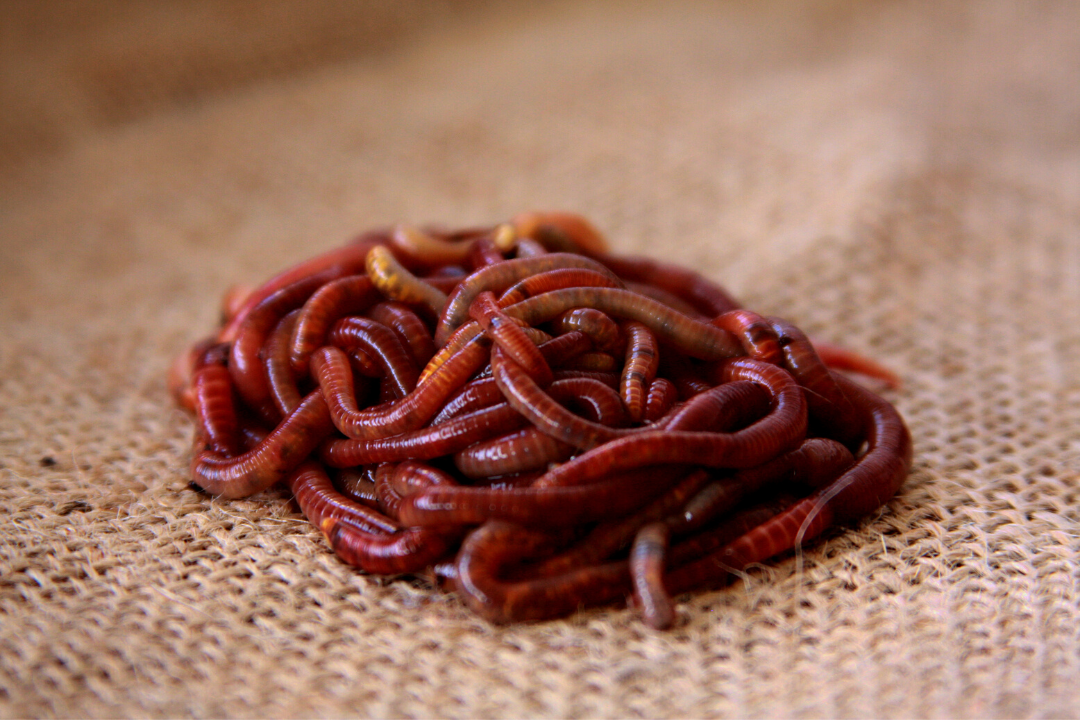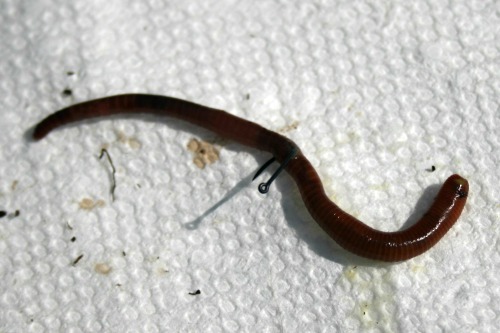Experience the Benefits of Using Red Wiggler Express for Superior Lawn Care
Experience the Benefits of Using Red Wiggler Express for Superior Lawn Care
Blog Article
Red Wigglers: The Unsung Heroes of Organic Waste Recycling
Red wigglers, or Eisenia fetida, serve as crucial representatives in the natural waste reusing process, changing disposed of products right into important vermicompost. Their reliable breakdown of natural issue not just improves dirt quality however additionally adds to lasting waste monitoring practices. As the globe significantly seeks remedies to combat waste accumulation and improve agricultural productivity, recognizing the role of these worms becomes essential. What systems permit them to flourish in garden compost atmospheres, and exactly how can they be efficiently utilized in both domestic and industrial setups? Discovering these concerns reveals the more comprehensive ramifications of vermicomposting in our ecological landscape.
What Are Red Wigglers?
The exceptional durability of red wigglers, scientifically called Eisenia fetida, underscores their vital function in organic waste recycling. These tiny, reddish-brown earthworms are usually located in breaking down raw material, such as compost heap and manure stacks. Lake Hickory Bait. Unlike various other earthworm species, red wigglers thrive in nutrient-rich environments and are highly reliable at damaging down natural materials, making them necessary for vermicomposting

(Red Wiggler Express)In enhancement to their duty in waste reduction, red wigglers add to soil health by improving dirt structure and aeration through their delving activities (Lake Hickory Bait). Their existence in composting systems not only boosts decomposition rates however likewise advertises a lasting method to lose administration, illustrating their value in environmental conservation initiatives
Advantages of Composting With Worms
Composting with worms, especially red wigglers, supplies various benefits that improve both waste monitoring and soil health. These worms efficiently damage down organic waste, converting it right into nutrient-rich vermicompost that enriches soil. This procedure accelerates disintegration, permitting a quicker recycling of cooking area scraps and various other organic materials contrasted to conventional composting methods.
Additionally, the vermicompost produced by red wigglers is including useful microbes, which help improve soil structure, oygenation, and wetness retention. This enhances the overall health and wellness of plants, advertising strenuous development and increased yields in yards and farming setups. In addition, making use of worms in composting decreases the production of greenhouse gases, such as methane, adding to a more lasting waste administration system.

Exactly How to Start Vermicomposting
Developing a vermicomposting system is an uncomplicated process that can yield substantial advantages for both waste administration and soil enrichment. To start, choose an ideal container, such as a plastic container or wooden box, with appropriate ventilation holes to guarantee appropriate airflow. The measurements ought to preferably be about 2 feet by 3 feet, allowing sufficient space for the worms to thrive.
Next, prepare bed linen product, which can consist of shredded newspaper, cardboard, or coconut coir. This bed linen ought to be moistened to develop a suitable environment for the worms. As soon as the bed linens is in place, introduce red wigglers (Eisenia fetida) right into the container, commonly around one pound of worms for every single square foot of surface.
Complying with the positioning of worms, add natural waste, such as fruit and vegetable scraps, coffee premises, and smashed eggshells. Prevent adding dairy products, meat, or oils, as these can develop odors and bring in bugs. Place the container in a shaded, temperature-controlled location to keep optimum conditions for worm activity. With these actions, you will successfully start a vermicomposting system that contributes to lasting waste monitoring and enriches your soil.
Keeping a Healthy And Balanced Worm Bin
(Red Wiggler Express)Keeping a worm container prospering needs routine attention and like make certain the health and wellness of the red wigglers and the effectiveness of the composting process. Correct maintenance begins with keeping an eye on the dampness levels; the bin needs to be damp but not saturated. A good guideline is to preserve an uniformity comparable to a wrung-out sponge.
Aeration is important. Delicately mixing the bed linens and food scraps every few weeks prevents compaction and guarantees that all worms have access to oxygen. Additionally, it is essential to feed the worms appropriately. A well balanced diet regimen of vegetables and fruit scraps, coffee premises, and crushed eggshells need to be provided in moderation to avoid overfeeding, which can lead to smells and bugs.
If the bin becomes as well hot or cold, the worms may come to be stressed out. By vigilantly managing these variables, one can maintain a durable and productive worm bin.
Effect On Sustainable Living
The successful upkeep of a worm container not only profits the health and wellness of red wigglers however likewise adds significantly to sustainable living techniques. By recycling organic waste, such as kitchen scraps and yard particles, red wigglers assist draw away significant quantities of product from landfills. This reduction in waste not just decreases greenhouse gas emissions yet additionally minimizes the environmental worry connected with waste monitoring.
Moreover, the castings produced by red wigglers work as a nutrient-rich natural fertilizer, improving dirt wellness and advertising plant growth. This all-natural choice to chemical plant foods supports lasting agriculture and gardening techniques, reducing dependence on synthetic inputs that can harm ecosystems. Furthermore, worm composting promotes understanding of waste administration, motivating individuals and areas to embrace even more sustainable practices.

Final Thought
In summary, red wigglers act as vital contributors to organic waste recycling with their reliable decay of organic products. Their capability to generate nutrient-rich vermicompost boosts soil health and wellness and supports sustainable farming methods. By incorporating vermicomposting right read into waste monitoring strategies, individuals and neighborhoods can dramatically decrease waste while promoting ecological sustainability. The duty of Eisenia fetida in fostering healthy and balanced ecological communities underscores the significance of these microorganisms in achieving sustainable living and improving dirt fertility.
Report this page